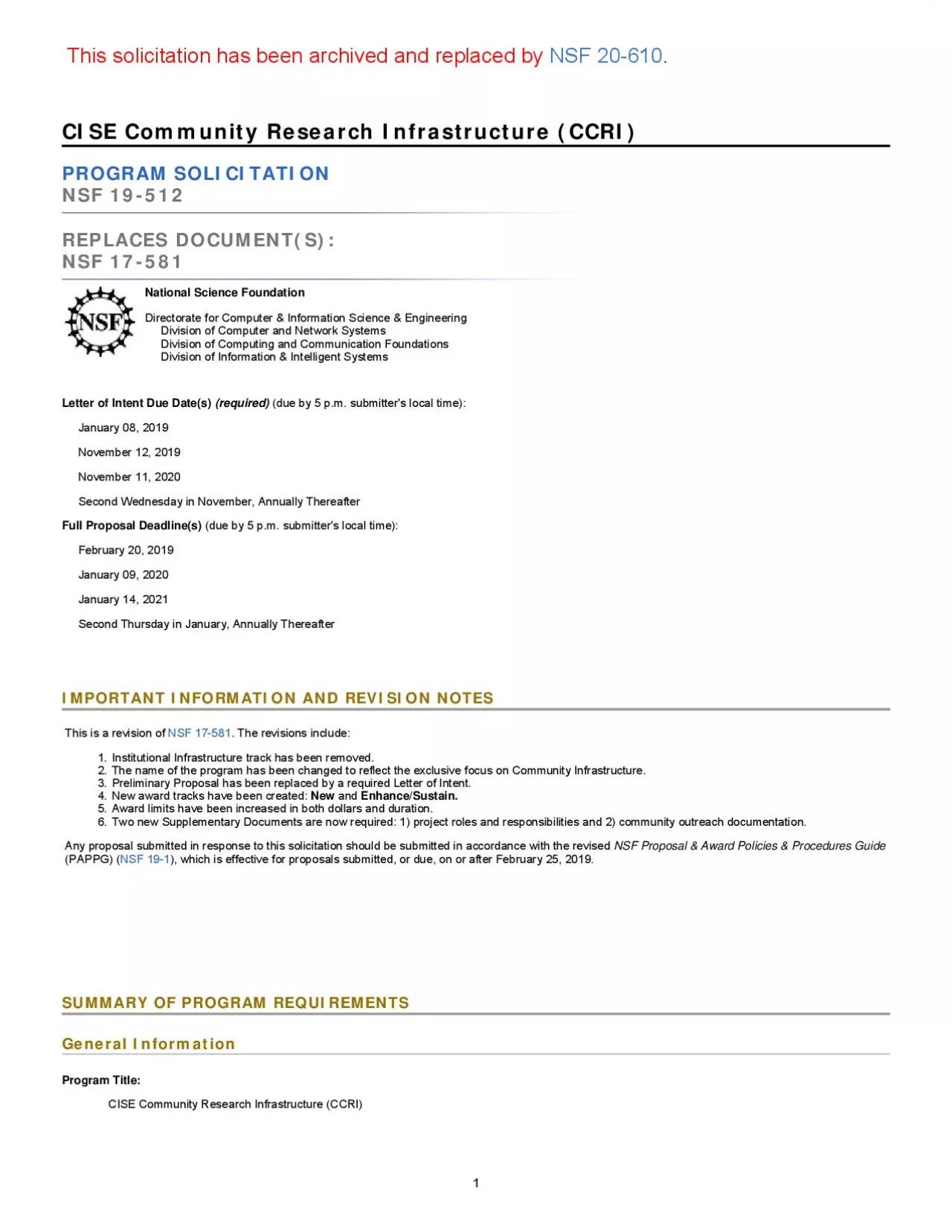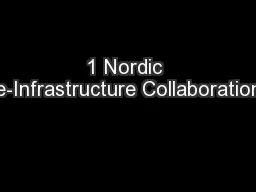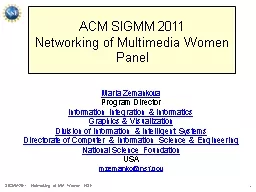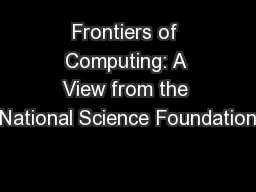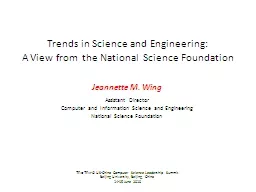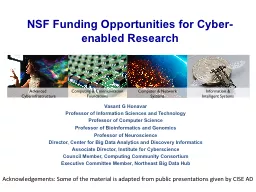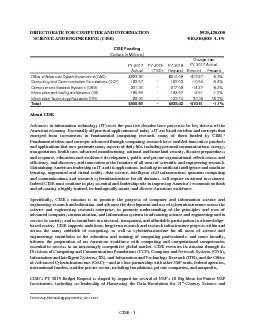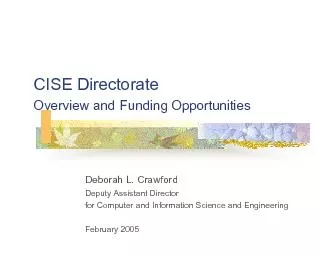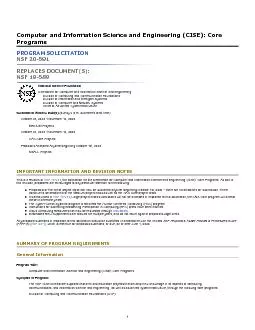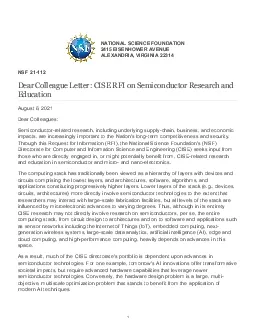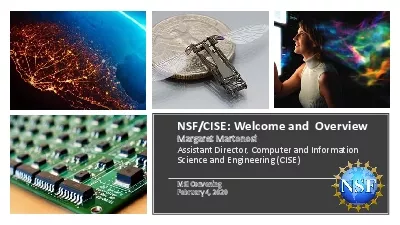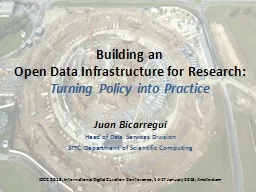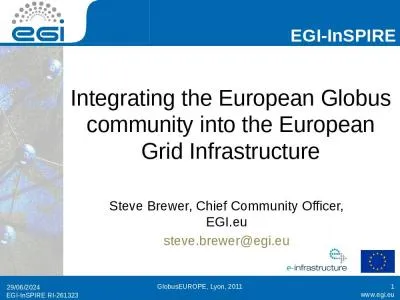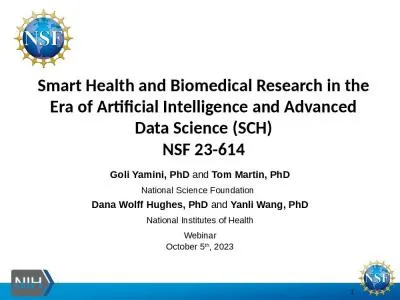PDF-CISE Community Research Infrastructure
Author : emery | Published Date : 2021-06-29
CCRIPROGRAM SOLICITATIONNSF 19512REPLACES DOCUMENTSNSF 17581National Science FoundationDirectorate for Computer Information Science Engineering Division of Computer
Presentation Embed Code
Download Presentation
Download Presentation The PPT/PDF document "CISE Community Research Infrastructure" is the property of its rightful owner. Permission is granted to download and print the materials on this website for personal, non-commercial use only, and to display it on your personal computer provided you do not modify the materials and that you retain all copyright notices contained in the materials. By downloading content from our website, you accept the terms of this agreement.
CISE Community Research Infrastructure: Transcript
Download Rules Of Document
"CISE Community Research Infrastructure"The content belongs to its owner. You may download and print it for personal use, without modification, and keep all copyright notices. By downloading, you agree to these terms.
Related Documents

